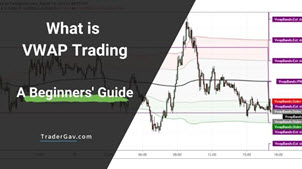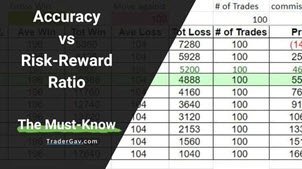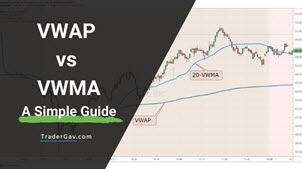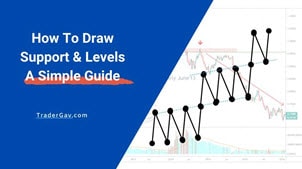What is VWAP trading? Here is the beginners’ guide and a free indicator
Back to Basic
Accuracy Vs Risk-Reward Ratio -The Trading 101
Do not start trading before understanding relationship between winning rate and risk-reward ratio
12 Tips For Writing a Business Plan [Update 2022]
Do not start trading without a proper trading business plan. Here are few tips for writing a business plan.
VWAP vs VWMA – The Simple Guide
VWAP is one of the most popular day trading tools. Is VWMA the same as VWAP? Read this VWAP vs VWMA post to find out
How To Draw Support Resistance Levels- A Simple Guide
Support and Resistance levels are the oldest and the most effective way to analyse the market. In this post, I will show you how to draw support and resistance levels
Trading Lessons I Have Learned This Year
I am thinking of writing up a summary of lessons I’ve learned from experience, books or interactions with other traders over the year.







